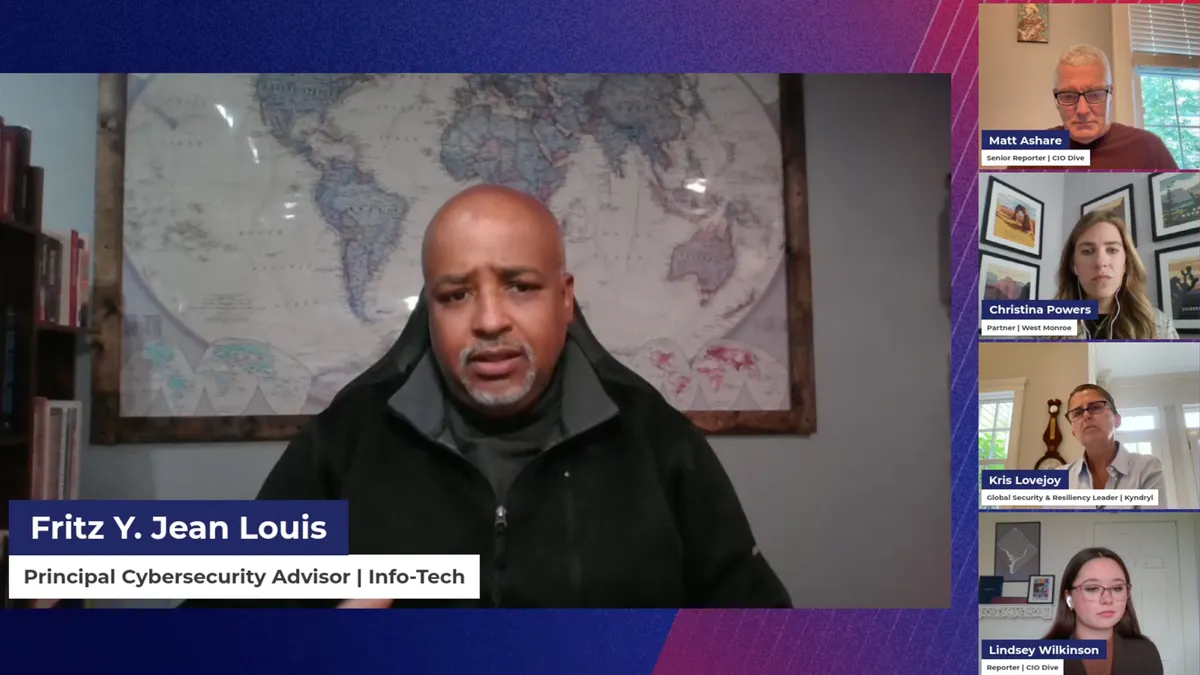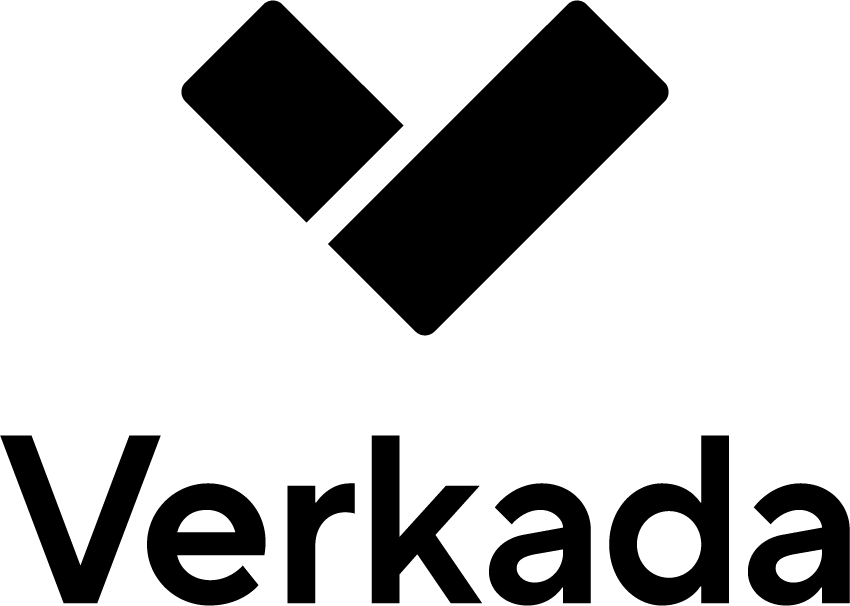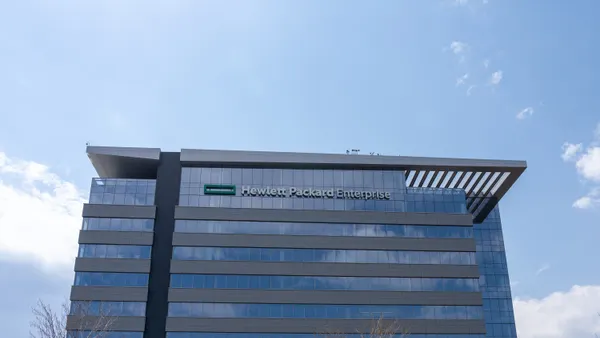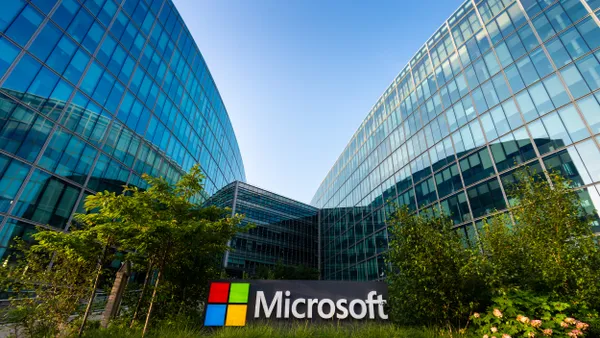Dive Brief:
- PC shipments in the U.S. fell flat in Q2, bucking a global growth trend amid tariff uncertainty, according to preliminary data from IDC's Worldwide Quarterly Personal Computing Device Tracker published Tuesday.
- The national PC market remained unchanged year over year while PC makers increased global shipments 6.5% compared with last year. The Q2 lull in U.S. demand clashed with a Q1 rise of nearly 5% as companies stockpiled inventory ahead of looming tariffs.
- During Q1, the PC market experienced "a real race to bring as much volumes as vendors could into the U.S., to avoid all the tariffs," JP Bouchard, research VP of worldwide mobile device trackers at IDC, told CIO Dive. Q2 data reflects those high levels of existing inventory as well as softer consumer demand and supply chain constraints, Bouchard said.
Dive Insight:
CIOs have been closely watching the macroeconomic shifts in recent months as they focus on how to adapt key IT priorities, including device provisioning.
"Both Q4 2024 and Q1 2025 saw a very dynamic PC market in the U.S. for similar reasons," Bouchard said. "In Q4, it was more in anticipation of tariffs and what the Trump administration could do on the trade agreements."
Vendors rushed to move existing gear into the country ahead of tariff deadlines. "People were expecting things to get worse," Bouchard said.
Another factor driving up early PC market sales is the end of support for units running Windows 10 in October. The support cliff has been an ongoing driver for the PC market as businesses prepare to optimize.
CIOs grappling with hardware provisioning amid macroeconomic concerns should be proactive and work with existing partners to weather the shifts, according to Bouchard.
"My main recommendation is to work with your supplier, work with your channel and try to find a solution," Bouchard said. "It's very muddy still, the impact on pricing and how the tariffs are going to translate to the end user, because every vendor has a different strategy."















